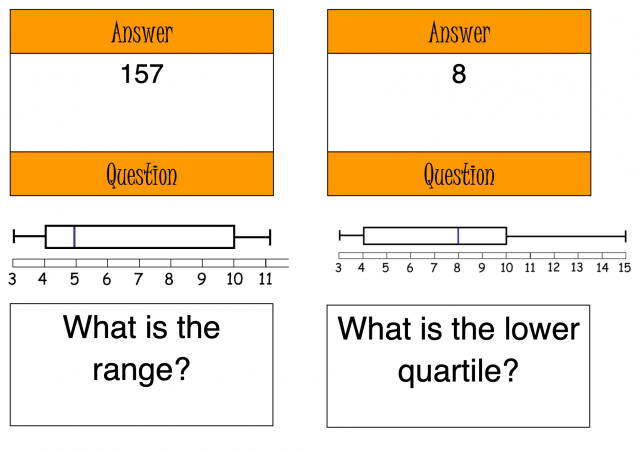About This Lesson
Access Lesson Plan Here: Is Your City Getting Warmer?: Data Analysis in Google Sheets
This lesson gives students the opportunity to experience a simplified version of how mathematicians and scientists use data analysis and statistics to determine how much our planet is warming due to climate change. Students will create a data table and scatter plot and use linear regression to make predictions about the future.
Step 1 - Inquire: Students look at a global temperature anomaly graph and discuss how this graph shows a trend of warming temperatures.
Step 2 - Investigate: Students analyze real-world temperature data from an individual city by creating a data table, scatter plot, and linear regression.
Step 3 - Inspire: Students connect what they discovered about their city to the overall trend of rising temperatures.
More Free Stuff!
Free News Articles for Students


















